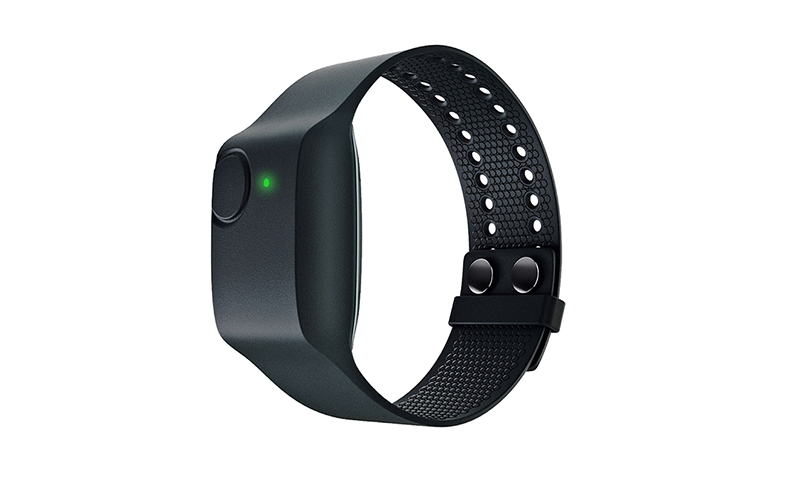
Engagement is a fundamental aspect of our well-being. When people are engaged in what they are doing they are more likely to learn more; in a company setting, employee engagement can boost productivity. A prolonged sense of disengagement, on the other hand, can lead to serious issues such as depression and burnout.
Technology can play a fundamental role in understanding and reacting to people’s engagement – or lack thereof, reports Empatica.
Wearable devices with embedded sensors can be used to derive verbal and non-verbal expressions of engagement. Microphones can record vocal tone; cameras can capture facial expressions, gaze patterns, and body postures; accelerometers can identify body movements; and more.
Read more Embrace2 is the world’s most advanced smartband for epilepsy monitoring
Empatica, a wearable device maker focused on supporting the neurological research market, ran a study on human engagement. They investigated how to assess the engagement of students during lectures and how to characterize the experience of audience and presenters during conferences.
For the study, Empatica used their own E4 wristband. This lightweight and unobtrusive device is perfectly suitable for collecting data in real-settings. Moreover, it allows gathering physiological signals such as the EDA, which is a direct measure of the Sympathetic Nervous System (SNS). It indicates physiological arousal, which is in turn related to attention and alertness.

Empatica researchers identified three aspects that characterize engagement: the momentary engagement, the interaction with the teacher, and the general arousal of the student. Momentary engagement happens when activity in class elicits students’ interest and can be captured using increments of physiological arousal. To capture this aspect, the researchers proposed an algorithm to consider “jumps” in the EDA levels as a proxy for “highlights” in contrast to moments without changes that are more likely to indicate boredom. They expected engaged students to have more “highlights” than non-engaged students and to experience more frequent high levels of EDA.
To verify their assumptions, the team collected data from 24 students and 9 instructors during 41 lectures at our institution, using the E4 and self-reports.
The researchers ran a classification pipeline using as input the above-mentioned features and demonstrated that non-engaged students can be reliably identified. For instance, using a Support Vector Machine with the momentary features they designed as input, the team achieved a recall of 81%.
This method could be integrated into systems that allow teachers to identify non-engaged students in time and evaluate methods to (re-)engage them. Students could also monitor their engagement, change their behavior, or drop specific courses in favor of others, says Empatica.


